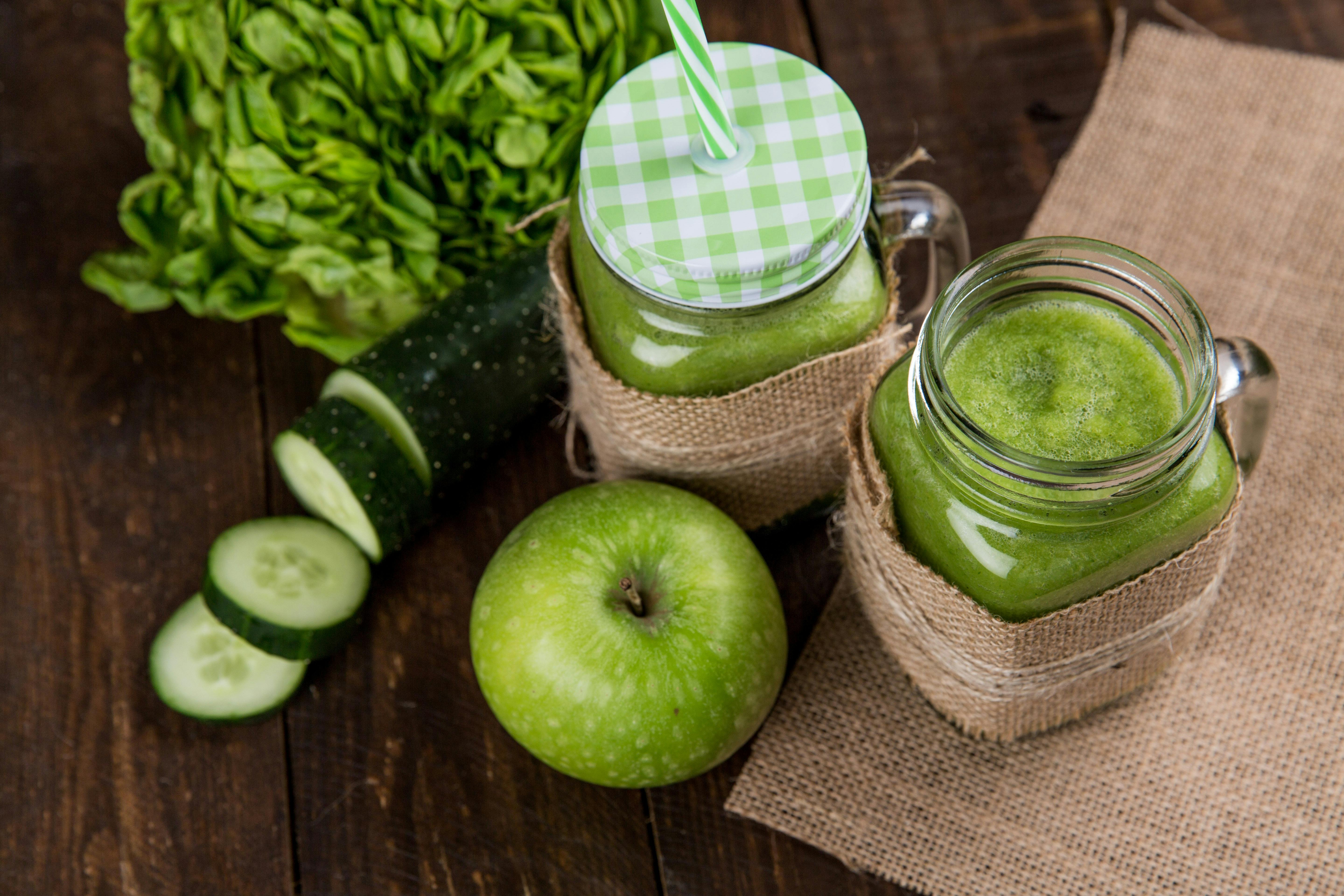
Essential Guide to Blue Tongue Skink Diet: Discover the Best Foods for 2025
As you embark on the journey of caring for a blue tongue skink, understanding their dietary requirements is crucial for ensuring their health and vitality. The blue tongue skink, known for its vibrant tongue and distinct personality, can thrive on a well-balanced diet tailored to its needs. Proper nutrition promotes good health, supports growth, and enhances overall well-being. In this guide, we will explore the best foods for 2025, including fruits, vegetables, protein sources, and dietary supplements essential for your blue tongue skink's health.
Additionally, we’ll delve into the significance of a feeding schedule, how to prepare meals, and tips for transitioning your pet onto a healthy diet. By understanding the blue tongue skink food hierarchy and preferred dietary habits, you can maximize your skink's health while minimizing potential feeding issues. We will provide practical examples, expert tips, and common mistakes to avoid. Get ready to discover the optimal diet and feeding strategies for your beloved blue tongue skink!

Understanding Blue Tongue Skink Nutrition
Before diving into specific food types, it's essential to grasp what makes up a healthy blue tongue skink diet. These reptiles are known for their omnivorous eating habits, which means they consume both plant and animal matter. A well-rounded diet provides necessary nutrients that influence health, growth, and longevity.
Key Nutritional Components
Blue tongue skinks require a balanced diet rich in protein, vitamins, and minerals. This combination should consist of approximately 40% protein, 50% vegetables, and 10% fruits. Incorporating a variety of food types helps meet their dietetary requirements, preventing common health issues that can arise from a monotonous diet.
Importance of Variety
Just like humans, blue tongue skinks thrive on diversity in their meals. They enjoy a variety of vegetables, fruits, and protein sources to ensure they receive a broad spectrum of nutrients. This variety not only aids in their digestion but also keeps mealtime exciting for your pet.
Meal Preparation Basics
Preparing meals for your blue tongue skink doesn’t have to be complicated. Start by chopping fruits and vegetables into small, manageable pieces. Ensure that only fresh and pesticide-free produce is offered to your skink. Additionally, consider sourcing protein from gut-loaded insects or high-quality pellets that meet their needs.
Common Dietary Mistakes to Avoid
One of the common mistakes many pet owners make is offering a diet too high in protein or neglecting to include varied plant sources. Overprovisioning insects can lead to obesity and health issues, while underrepresenting veggies can result in vitamin deficiencies. Always strive for balance!
With an understanding of these fundamental components, let's move on to specific blue tongue skink food types that comprise their ideal diet.
Best Foods for Blue Tongue Skinks
Now that you understand the nutritional basis of your blue tongue skink's diet, let’s discuss the best foods to incorporate. This section will cover the essential types of produce, protein options, and more that will contribute to their health and happiness.
Top Vegetables for Vibrant Health
Vegetables are a vital part of a blue tongue skink's diet. They contribute important vitamins and fibers. Some of the best options include:
- Squash (zucchini, butternut)
- Carrots (shredded)
- Bell peppers (various colors)
- Leafy greens (collard greens, dandelion greens)
Introduce new veggies gradually, monitoring your skink's reaction to each. Leafy greens are particularly essential as they provide hydration and nutrients.
Fruits to Fuel and Refresh
Fruits are a great treat but should be offered sparingly. The best fruits for blue tongue skinks include:
- Blueberries
- Strawberries
- Mango
- Papaya
Fruits should make up a small portion of the diet—consider them special treats rather than staples. Always wash fruits thoroughly before serving.
Protein Sources for Growth
Protein is crucial for a blue tongue skink's development and energy levels. Optimal sources include:
- Gut-loaded insects (crickets, mealworms)
- Canned dog food (meat-based)
- Commercial blue tongue skink pellets
Protein should make up about 30-40% of your skink's meals. Prep insects by feeding them nutritious foods before offering them, enhancing their benefit to your skink.
Supplementing for Health
To ensure your skink receives all necessary nutrients, consider adding supplements, such as calcium and vitamin D3. These are especially important for young skinks and during breeding periods.
With a solid understanding of the types of food to include in your blue tongue skink's diet, let's explore the recommended feeding strategies!
Feeding Strategies for Blue Tongue Skinks
Establishing a feeding routine and understanding best practices can greatly impact your blue tongue skink’s health. This section will highlight effective strategies for feeding.
Creating a Feeding Schedule
Consistent feeding times help your skink feel secure and maintain a healthy digestive rhythm. A common schedule includes feeding your skink every other day during the active season, with less frequent feedings during brumation. Adjust according to your skink's age and activity level.
Blue Tongue Skink Meal Prep
Meal prep can enhance your blue tongue skink’s diet and save you time. Consider portioning out meals ahead of time. Mixing and freezing small batches of vegetables and proteins can streamline the feeding process while ensuring a balanced diet.
Monitoring Feeding Behavior
Observing how your skink interacts with food can offer invaluable insights into its health. Look for signs such as eagerness, hesitance, or refusal to eat. Regularly monitoring these behaviors will help inform any necessary adjustments to their diet.
Feeding Mistakes to Avoid
Common feeding errors include offering overly large pieces of food, not mixing food types, or failing to adjust based on your skink’s health. Always ensure that food is suitable for their size and condition to prevent choking or other injuries.
Impact of Diet on Blue Tongue Skink Health
The effects of an inadequate diet can severely influence your skink's health. In this section, we will evaluate how nutrition impacts overall well-being and how to address any dietary issues that may arise.
Understanding Health Issues Related to Diet
Poor dietary choices can lead to a range of health issues, such as obesity, metabolic bone disease, and other nutritional deficiencies. Regular veterinary check-ups can help identify these problems before they escalate.
Dietary Changes for Optimal Health
Gradually adjust your skink's diet to suit its needs at various life stages. As your blue tongue skink ages, its requirements may change, requiring a shift to more fiber-rich foods or additional supplementation.
Enhancing Blue Tongue Skink Lifespan Through Diet
Research suggests that a balanced diet significantly impacts the lifespan of blue tongue skinks. Providing high-quality, nutrient-rich food can support longevity and improve life quality.
Recognizing Signs of Nutritional Deficiencies
Be aware of signs indicating potential deficiencies, such as lethargy, stunted growth, and poor shedding. If you notice any of these symptoms, consult with a veterinarian specializing in reptiles to discuss dietary improvements.
With a strong understanding of necessary dietary adjustments and their health implications, let's answer common questions about feeding blue tongue skinks!
Q&A Section: Common Questions About Blue Tongue Skink Diet
What is the best overall diet for blue tongue skinks?
The best diet consists of a mix of high-quality protein sources, fresh fruits and veggies, and dietary supplements. Aim for a balance of about 40% protein, 50% vegetables, and 10% fruits.
How often should I feed my blue tongue skink?
Generally, younger skinks require daily feeding, while adults benefit from every other day feedings. Adjust frequency based on their health and activity levels.
Can I feed my blue tongue skink only insects?
While blue tongue skinks can eat a variety of insects, they should not be the only source of food. A balanced diet also includes vegetables and fruits to provide a full range of nutrients.
What vegetables should I avoid feeding my blue tongue skink?
Avoid feeding your skink starchy vegetables like potatoes, and icebergs lettuce as they offer little nutritional value and can lead to digestive issues.
How do I know if my blue tongue skink is hydrated?
Hydration can be assessed by observing their skin elasticity and regularity in shedding. Additionally, making sure they have a shallow water dish can help ensure proper hydration.

With the insights provided, you now possess the essential knowledge to create a healthy and balanced blue tongue skink diet. By adhering to these dietary guidelines and being mindful of your skink's needs, both you and your pet will thrive!